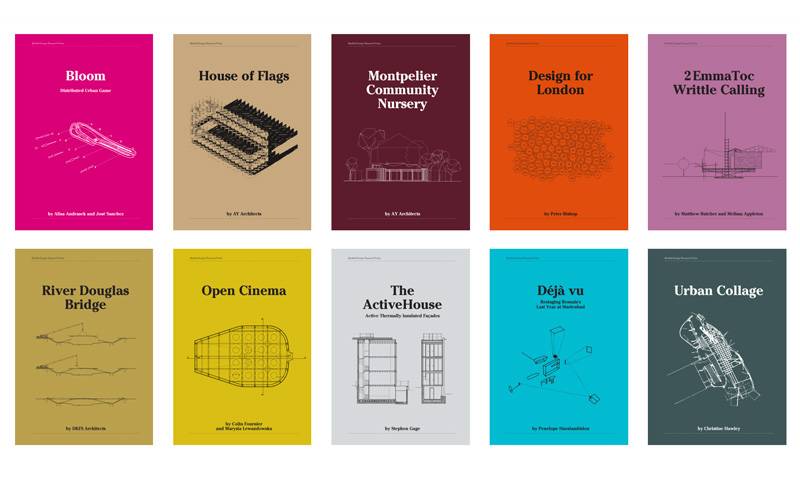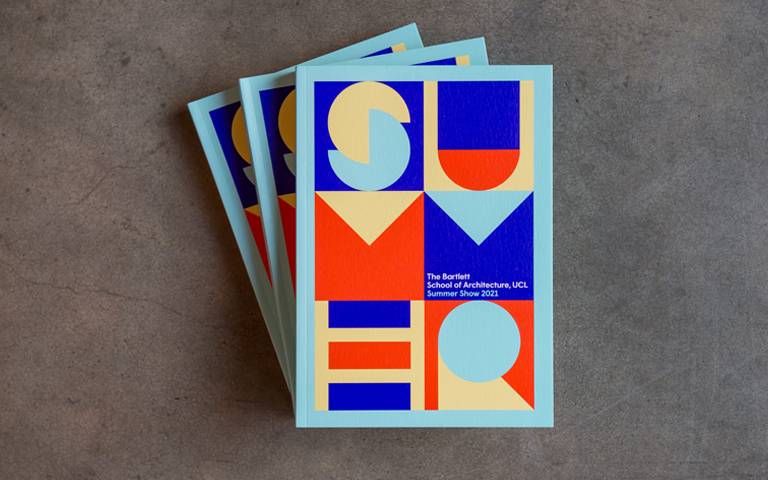Depthmap is a multi-platform spatial analysis software for spatial networks, which works at a variety of scales, from buildings and small urban areas to whole cities or states.
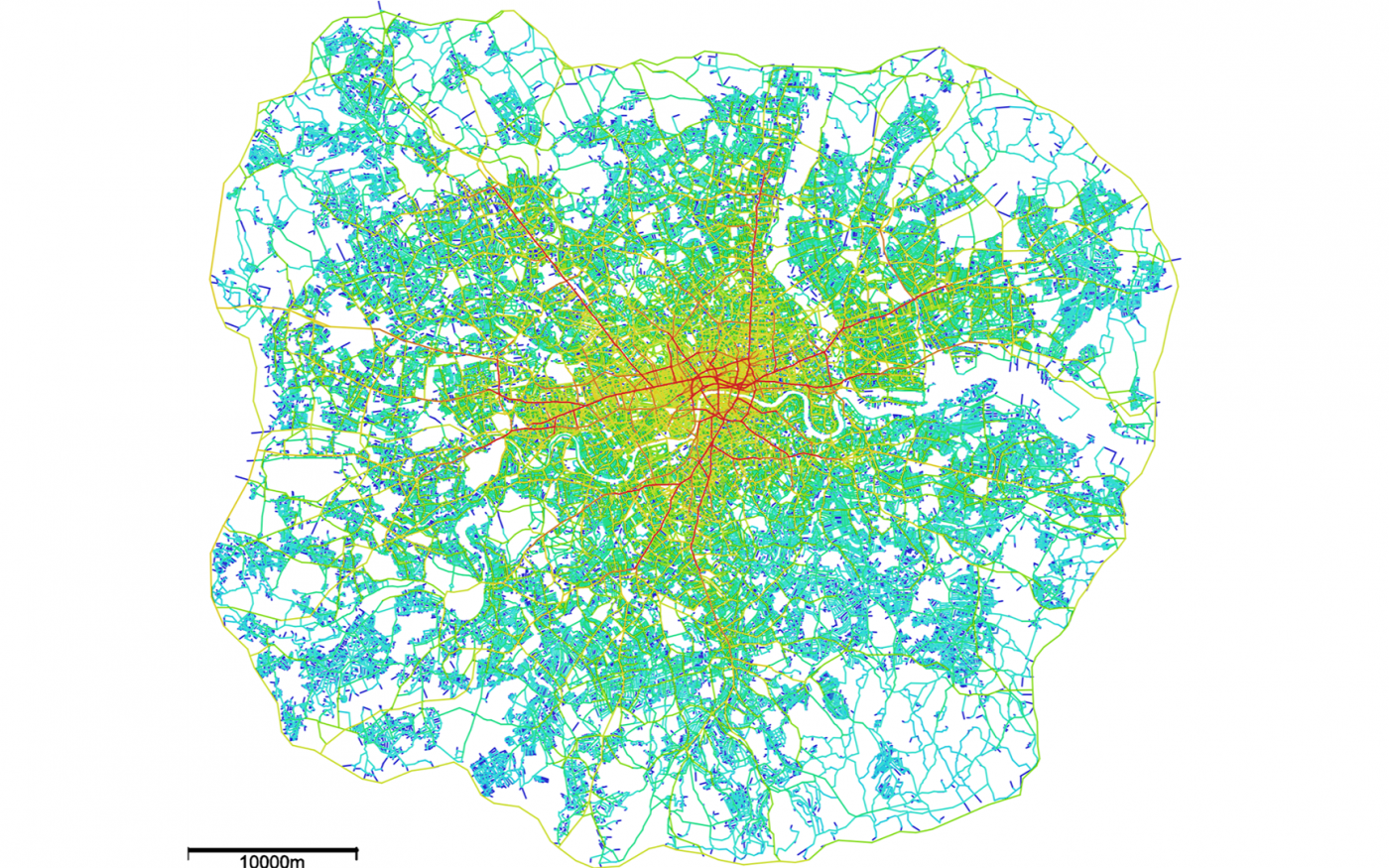
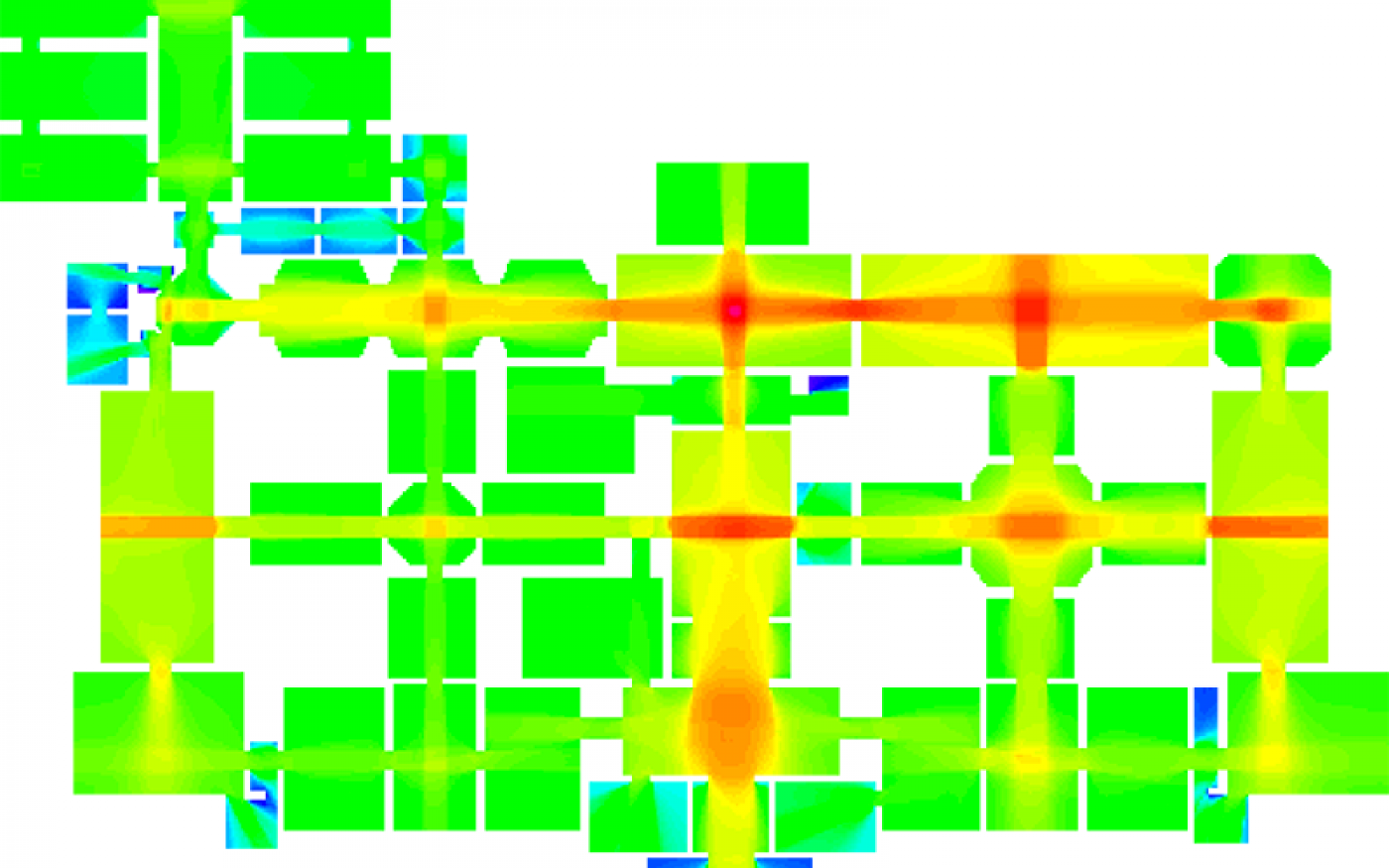
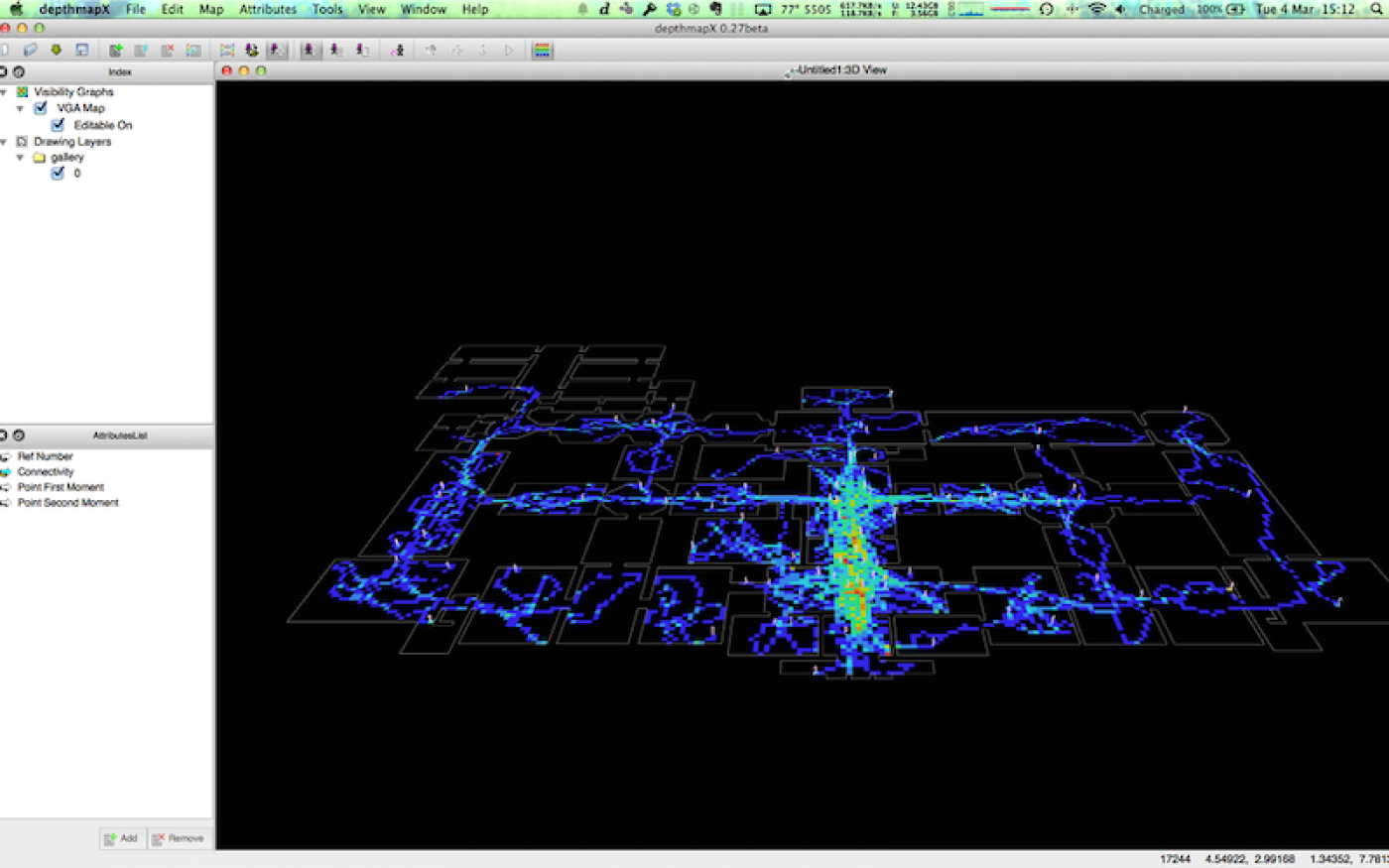
Overview
Depthmap is a multi-platform spatial analysis software for spatial networks, which works at a variety of scales, from buildings and small urban areas to whole cities or states. At each scale, the aim of the software is to produce a map of spatial elements and connect them via relationship (for example, intervisibility, intersection or adjacency), it then performs a graph analysis of the resulting network. The objective of the analysis is to derive quantifiable measures of the space, many of which have been found to have important social or experiential significance.
Today, Depthmap is a primary analytical tool in the field of spatial analysis with a significant national and international reputation. The software was originally developed by Alasdair Turner from the Space Syntax Laboratory as Depthmap. It has since been redeveloped and open-sourced by Dr Tasos Varoudis as depthmapX in 2012. As of 2022, depthmapX has more than 150,000 users (downloads) from 130+ countries around the world. Google Scholar records over 1,100 publications explicitly cite and use ‘depthmapX’ (or ‘UCL depthmap’), although as many user papers do not reference software the actual impact is estimated to be considerably higher.
It is used by UCL’s team in active engagement with policy makers including Greater Manchester Combined Authority, West Midlands Combined Authority, Birmingham City Council, the Greater London Authority and Ordnance Survey, and numerous design and planning practices in the UK.
The current depthmapX is dedicated to the memory of Depthmap’s originator, Alasdair Turner, a great thinker, educator, researcher and colleague.
- People
Project Lead
Dr Tasos VaroudisDeveloper
Dr Petros KoutsolamprosOriginal creator of Depthmap
Alasdair TurnerPast developers
Eva Friedrich and Christian Sailer- External partners
EPSRC Platform Grant: Space, Technologies and the Design of the Built Environment
- Image credits
Tasos Varoudis
 Close
Close


